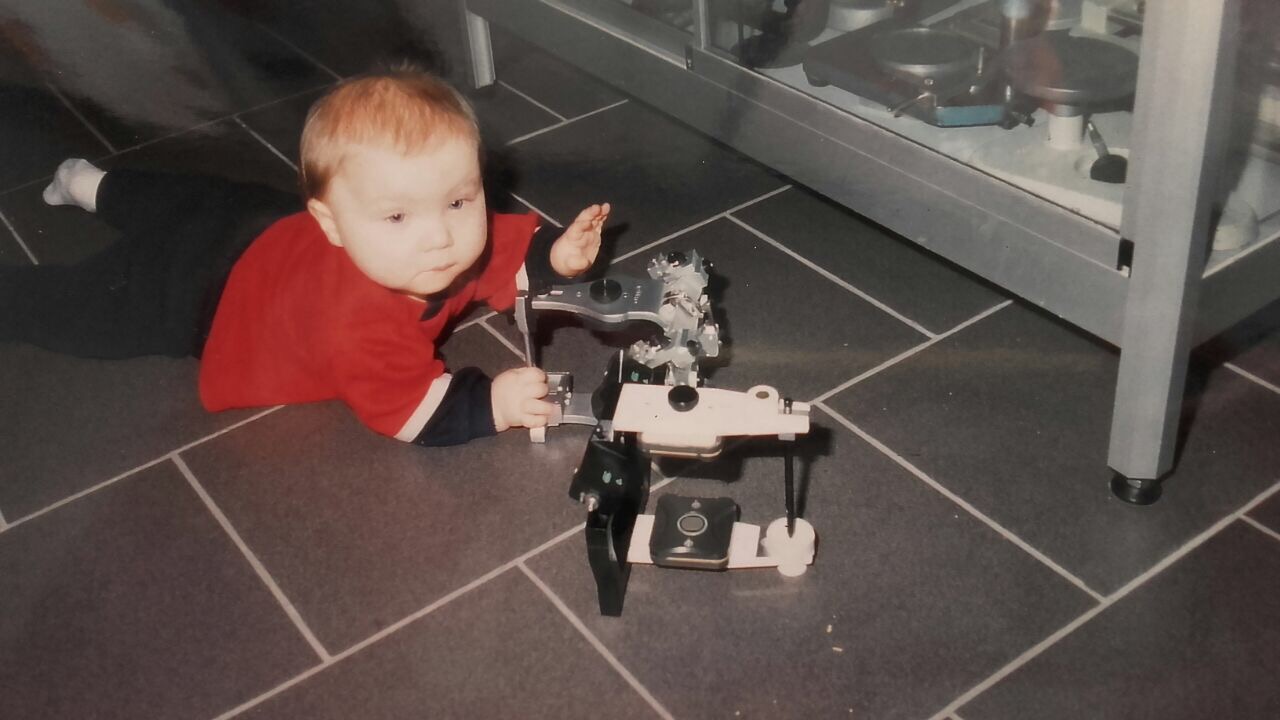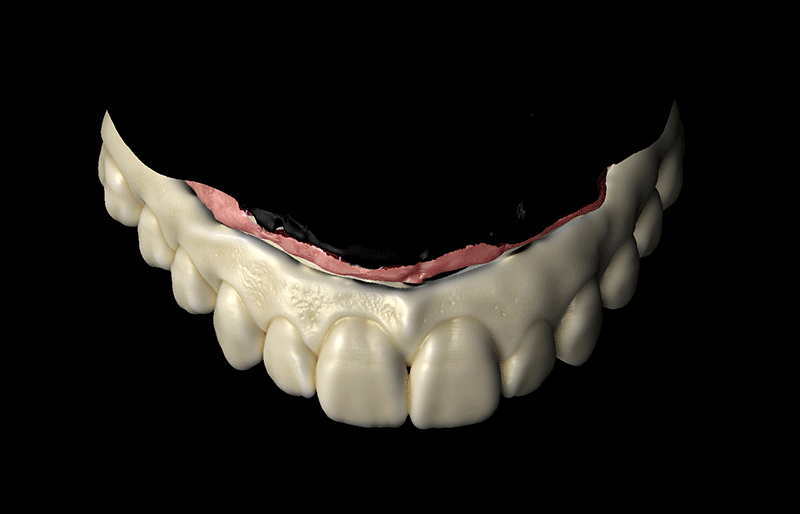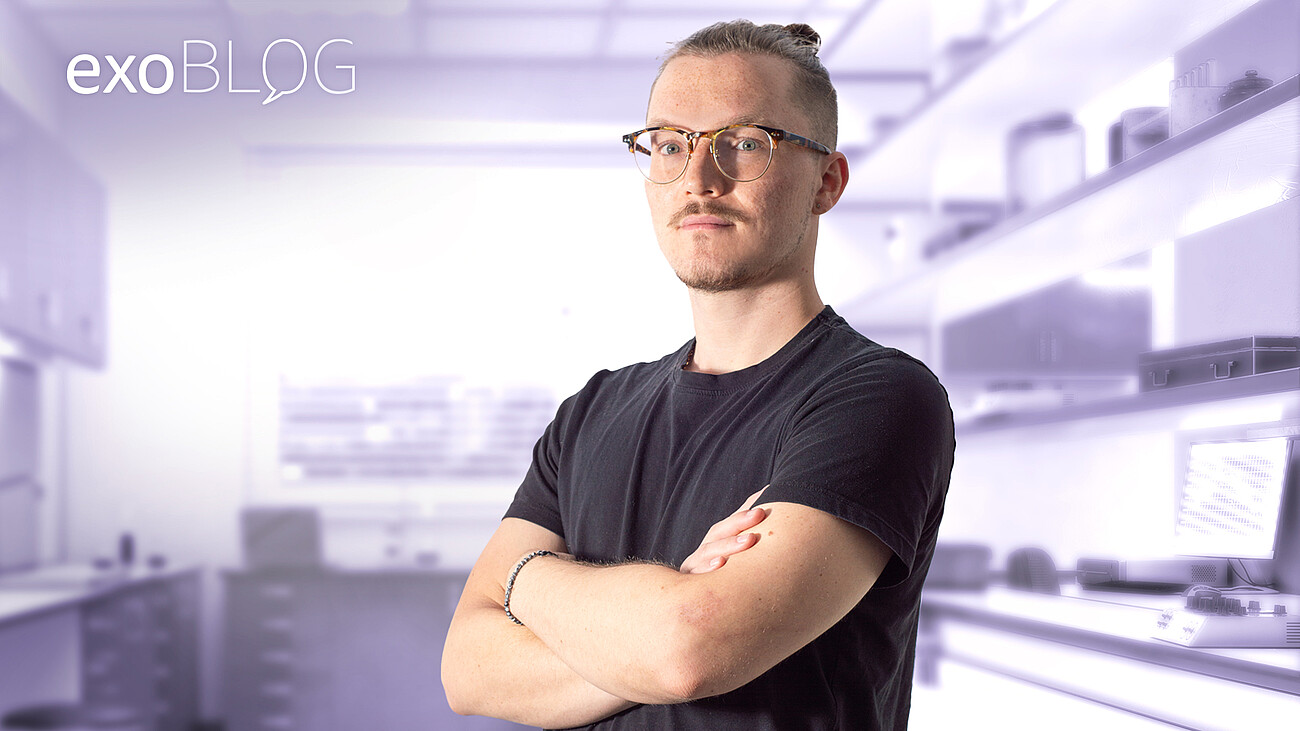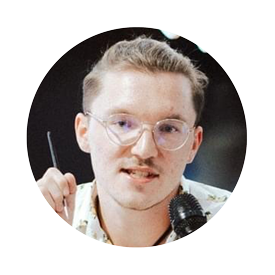A lab tech explores the world with exocad
Lukas Wichnalek grew up at his father’s dental lab in southern Germany. “Dental was all I knew,” he says. After an apprenticeship at his father’s lab, adventure called. He headed first to work at Zirkonzahn in Italy and then went further. Lukas explains how digital workflows help fuel his freedom and why he’s an exocad “purist.”
Q: What motivated you to relocate to Mexico?
A: After a few years working as a dental technician, I needed a timeout. The plan was to take a year off and travel. I started first in Europe, then went to Mexico. It was just me and my backpack. I ended up here in Puebla, Mexico. My idea was to stay for a month or two because I liked it here. The weather is much nicer than in Germany, and then I found work at a lab.
“You see a lot of dentists at exocad courses or even ceramic courses because they want to understand the challenges we have in the lab and to learn how to make their preparation better.”
Q: What's it like working in Mexico compared to working in Germany or other places where you've been?
A: In my experience, the relationship between the dentist and the technician is more lateral in Mexico—you work on the same level. There’s a lot of teamwork. We brainstorm cases together. That's not usually the case in Germany. What I also find interesting in Mexico is that many dentists are visiting courses for technicians. You see a lot of dentists at exocad courses or even ceramic courses because they want to understand the challenges we have in the lab and to learn how to make their preparation better.
Q: How important are digital workflows to serving the needs of your current clientele?
A: Clients are from different cities, towns, or even different countries, like the US. We have a lot of dental tourism. It's important to develop an efficient process and workflow so we can work together with clients who are not in town. If something goes wrong, the patient can’t just pass by the lab. We are doing a lot of full large implant cases, and you really need an efficient workflow to do these cases over large distances.
Q: What current dental trends do you see in Mexico?
A: From the standpoint of the cases, a really big difference is the color. In Mexico, everyone wants nice white teeth. That's different from what I'm used to in Germany, where everyone wants invisible teeth. Here they want to show they have nice new teeth. Also, dentists in Mexico are less conservative when preparing teeth for restorations. In Germany and in Europe, everything is more minimally invasive. In Mexico, they do a lot of edge cases.

Lukas got his start at his father’s dental lab more than 25 years ago.
Q: Can you describe your first experiences using exocad software?
A: When I started my apprenticeship at my dad's lab, I started working with exocad directly from day one. But I wasn’t allowed to use the designs or design directly with exocad at the beginning. To learn anatomy and function, I had to wax up everything and then do a double scan or a waxup scan and adapt that to the scan of the model. I still think that’s the best way to learn the craft and memorize everything from anatomy. If you have something in your hands, it really helps. But now I do everything digitally.
Q: Which exocad software do you use?
A: I am a purist and only use exocad software—mostly DentalCAD and all associated modules. I like Smile Creator a lot. You can give the patient a preview of how the finished case will look before starting. This is great for case acceptance. Patients can’t do anything with a diagnostic waxup. They really need to see something visual, and the visualizations with Smile Creator are great for that.
"I like that I can jump in and out of different modules or tools outside the usual step-by-step process. DentalCAD can easily handle creative and out-of-the-box thinking when needed."

Designing with DentalCAD makes it possible to tackle even complicated cases with ease, Lukas says.
Q: What do you like best about exocad software?
A: Compared to other CAD programs, I appreciate the flexibility exocad software gives me. Currently, I’m mainly focused on full arch implant cases. DentalCAD has a solid guided workflow, but I like that I can jump in and out of different modules or tools outside the usual step-by-step process. DentalCAD can easily handle creative and out-of-the-box thinking when needed.
Q: Any advice for someone just getting to know DentalCAD?
A: I recommend just playing around to see what the different buttons and options do. That's basically how I learned. Even if someone says it's impossible, it is possible in DentalCAD. You have to experiment, not just follow the wizard, to learn what the software can do.
Q: What’s your favorite tooth?
A: The central because it's just the most prominent tooth. Just by changing the central, you can change the whole person's personality and face. So it's a really impactful tooth.
Q: If you could give advice to your younger self, what would you say?
A: While traveling, I realized how important it is to learn new languages. So I would tell my younger self to start learning earlier. There’s a famous quote by Nelson Mandela: “If you talk to a man in a language he understands, that goes to his head. But if you talk to him in his own language, that goes to the heart.”
Lukas Wichnalek is a dental technician from Germany now residing in Mexico. Lukas began his journey in dental craftsmanship at the esteemed HIGHFIELD.DESIGN laboratory in Germany, further refining his skills at the renowned Zirkonzahn in Italy. Driven by an insatiable thirst for innovation, he is constantly at the forefront of pioneering new techniques and integrating the latest advancements in dental technology. His forward-thinking approach has earned him widespread recognition, with contributions to esteemed international dental magazines and presentations at prestigious international congresses. Beyond his professional accolades, Lukas is a passionate educator, offering courses tailored to both analog and digital workflows from the most basic to complex topics, with the aim to always streamline workflows and empower practitioners with the tools they need for success. Follow Lukas’ work on Facebook and Instagram, and you can read his recent article on pages 24-30 in Alta Técnica Dental magazine.

by Caitlan Reeg
Writer at exocad
Caitlan Reeg spends her days telling the world about the innovations her colleagues create. She’s passionate about healthcare, technology, and the ways the two interact to improve our lives. A former journalist, Caitlan has worked on staff at Dow Jones Newswires in Frankfurt and at the national public radio program Marketplace in Los Angeles.





